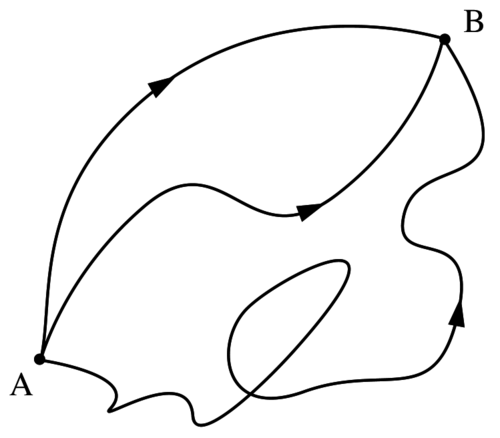You are applying classical concepts to the quantum world, it does not work like that. As noted above, a definition of "moving" implies some trajectory or path is involved. There is no such thing for a quantum particle.
Keep extending the application of probability to all areas, not just say, the superposition principle, but also the different paths along a particle can propagate, and I am wary of even using the word propagate, as it implies a definite track, which is misleading.
You could have a look at this : Path Integral Formalism and this: 
The good news is that the particles that make up a football when you kick it will follow the path you intuitively guess they will, they must do, otherwise classical logic breaks down, the bad news is that to follow how an individual particle gets from your foot to the goalpost is far more subtle. This is one of the few cases where it is easier to deal with large numbers of particles, rather than smaller ones.
Also, electrons are indistinguishable from each other, so if the electron field produces another one, you can't track them. Learning quantum mechanics is a stepping stone to a more accurate representation of the quantum world, and questions such as yours arise because it is difficult not to see micro "things" as scaled down versions of the macro world, they are not.
My point is that our best description of the "real" quantum word (to date) is Quantum Field Theory, which does away completely with any direct connection between the classical world and the quantum world, such as the scenario in your post.



